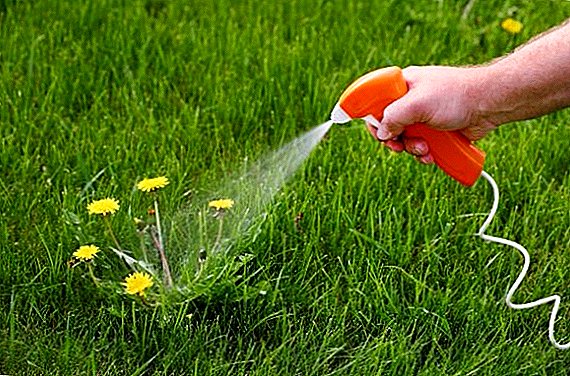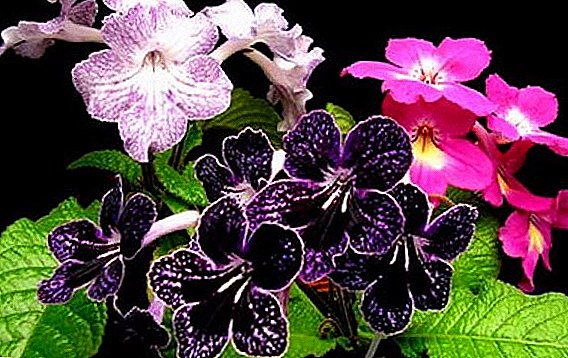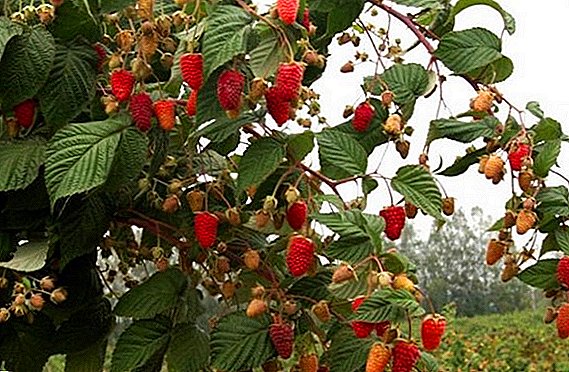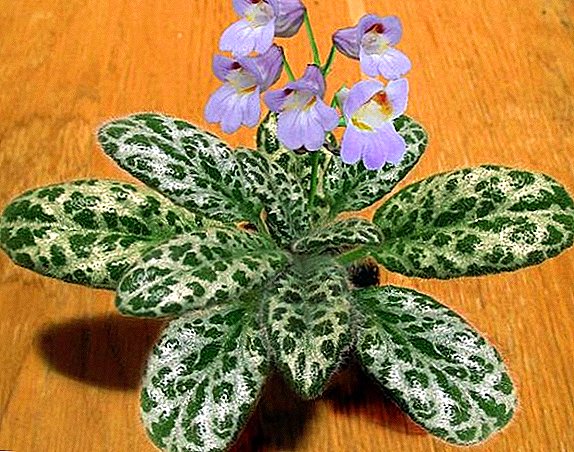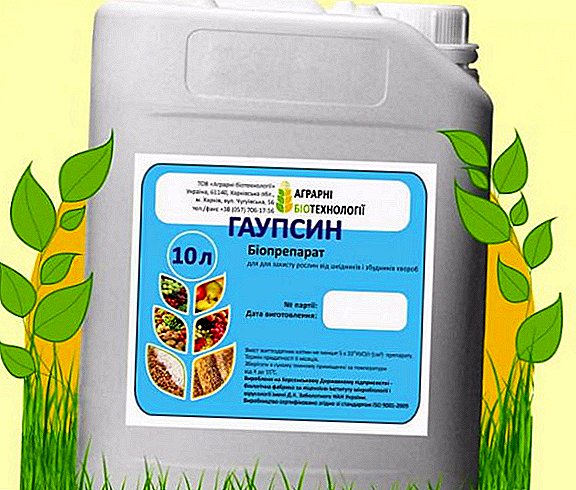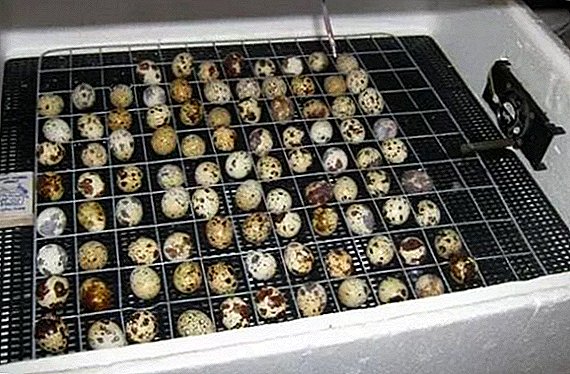
Moths - This is a large family of pest butterflies, numbering more than 1500 different species, many of which live on the territory of Russia. One of them is the pine moth - an insect, because of which the coniferous forests of the country suffered several times.
It can appear on the whole area of pine growth, including the central and northern regions of the European part, the Caucasus, the Urals, and Altai. A large number of this pest after a mass invasion usually persists for another 7-8 years.
Appearance and difference from other species
Like all other moths of the moth family, this one has a slender thin body, wide raised upper wings and rounded back ones. Thus, pine differs from the others only in color.
Male - has a wing size of 30-38 mm, dark-colored mustache, comb. The wings have a dark brown color, with small specks of white or yellowish hue. At the base of the wings large spots of almost triangular form are formed. The body of the butterfly is narrow and dark in color.
Female - has a size of wings 32-40 mm, mustache yellow-brown, bristle-shaped. The main color of the wings is rusty brown. The spots on the upper part are yellow-white, similar to the coloring of the wings of the male, on the lower part are dark, and do not have a clearly defined border. The chest and abdomen is much larger and thicker than that of the male, and has a lighter color.
Caterpillar - after hatching from eggs, it has a length of 3 mm, entirely green in color with a yellow head. At the next stage of her life, she gets her typical color - blue-green or yellow-green, the main color with three longitudinal stripes of white color that also passes over to the head area. Adult caterpillars reach a size of 22-31 mm. They have three pairs of legs in the chest part, one in the abdominal part and one more false.
Baby doll - has a length of 11-14 mm, originally green, and then becomes a shiny brown. It has a pointed end.
Photos of pine moths:



What eat pine moths
 The main food of the insect is pine needles. But in some cases it can also feed on spruce, fir, cedar and other conifers.
The main food of the insect is pine needles. But in some cases it can also feed on spruce, fir, cedar and other conifers.
Not only natural plantations can suffer, but also nurseries, ornamental plantings, personal plots. The greatest risk of moth appearance is low-lying areas of relief, with medium or high humidity.
The moth pine in large numbers begins to multiply during a hot dry summer period, passing into a warm autumn. Under such conditions, caterpillars can destroy large areas of coniferous forest.
IMPORTANT! The invasion in 1940-1944 covered almost the entire European part of the USSR.
Pines that have lost their crown as a result of such an event do not have time to restore it in a short period and begin to dry out. In the future, weakened trees can be infected with various stem pests - bark beetles, barbs, etc. They first feed under the bark, and then begin to gnaw through the passages in the wood itself.
Stages of pest development
Adult butterflies can appear in the forests as early as the end of May; however, mass distribution usually occurs in mid-June - early July.
Mating of butterflies occurs with their appearance after the beginning of summer. After that, the female leaves on the old needles eggs, in rows up to 32 pieces in each (usually 4-7 pieces). In the event of a mass invasion, they may appear on the needles of the current year. The average number of eggs from one butterfly is 80-230 pieces.
Immediately after hatching, the caterpillars begin to feed. In the first stages of life, they gnaw through the longitudinal grooves in the needles, and later on as they grow, they jag it on both sides, but without damaging the trunk and base. In the adult state, the needles are eaten almost entirely.
Food takes place at night. First, the needles of last year are destroyed, then the caterpillars are taken for fresh, it all continues until late autumn. In October, the pests descend to the ground in the litter, where pupation occurs. Wintering takes place there.
Butterflies hatch upon the onset of warm weather in May and early June, after which the cycle repeats.
Methods of struggle
 Even taking into account the fact that by the fall of the pines the irreparable damage was already done, there is a set of measures that will allow the development cycle to be interrupted at the time of turning the caterpillars into pupae, and those in turn into butterflies.
Even taking into account the fact that by the fall of the pines the irreparable damage was already done, there is a set of measures that will allow the development cycle to be interrupted at the time of turning the caterpillars into pupae, and those in turn into butterflies.
For this you need:
- In the autumn to collect all the fallen leaves, pine needles and grass litter in a few heaps;
- Send there for grazing animals, for example, pigs or goats, which will dig in heaps and earth, finding and eating pupae.
Very often, early frost can seriously lower the moth caterpillar population.
Great help for the prevention of invasion, as well as the destruction of an already appeared pest, can provide:
- Ants, shrews, moles, hedgehogs and other animals feeding on insects;
- A variety of birds.
With the appearance of a large number of pupae, it is necessary to treat the entire area with insecticides or biological preparations (phosphorus-limited preparations, neonicotinoids and pyrethroids).
For the prevention or destruction of the pest on the plot, use:
- Autumn digging around the trees to destroy the larvae conducting pupation in the soil;
- Spraying trees with biologics during the appearance of buds;
- Planting baits on trees with fermenting additives to attract caterpillars hatched from eggs.
Pine moth - a dangerous pest that can infect pine and other coniferous forests. Its caterpillars feed on needles, as a result, the tree weakens, dries, and can be inhabited by bark beetles and other insects.
To prevent the invasion of moths, it is necessary to attract birds to forests, settle anthills, protect small insectivorous animals.


